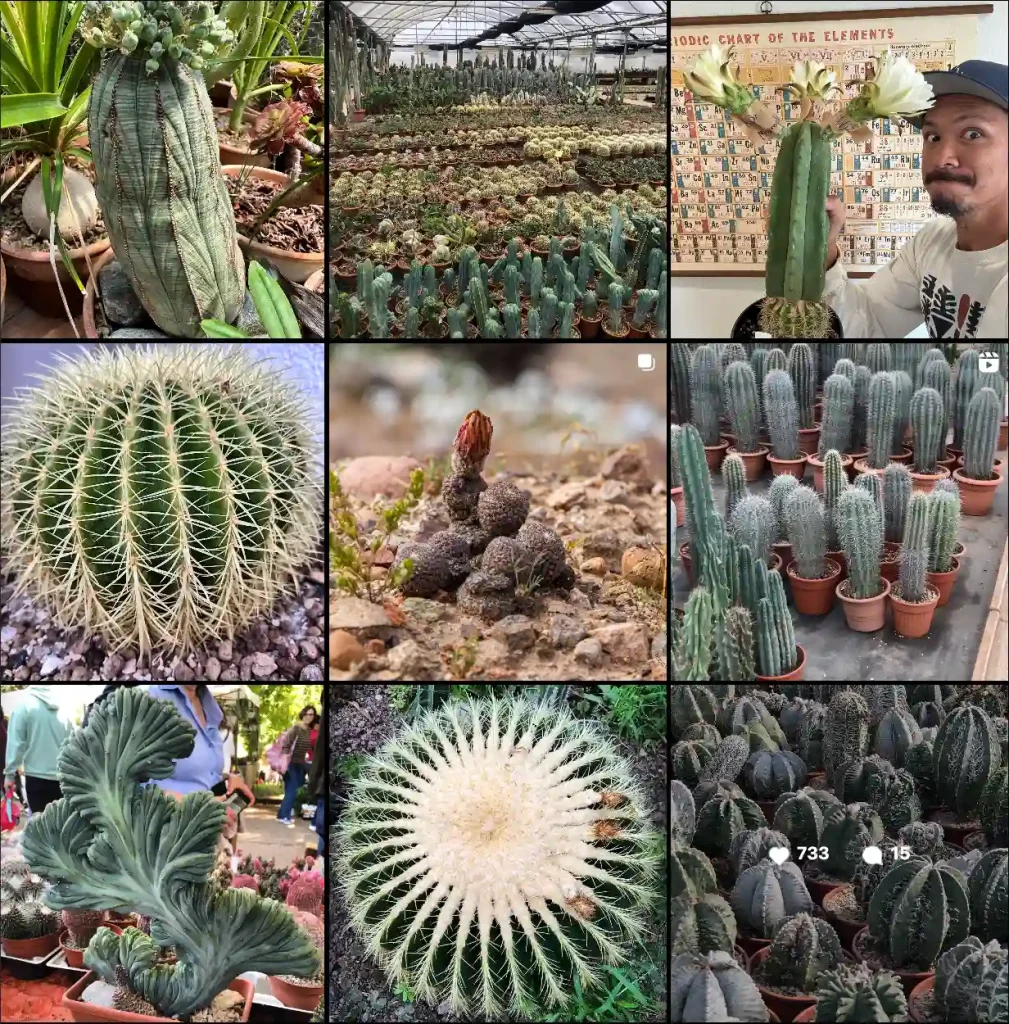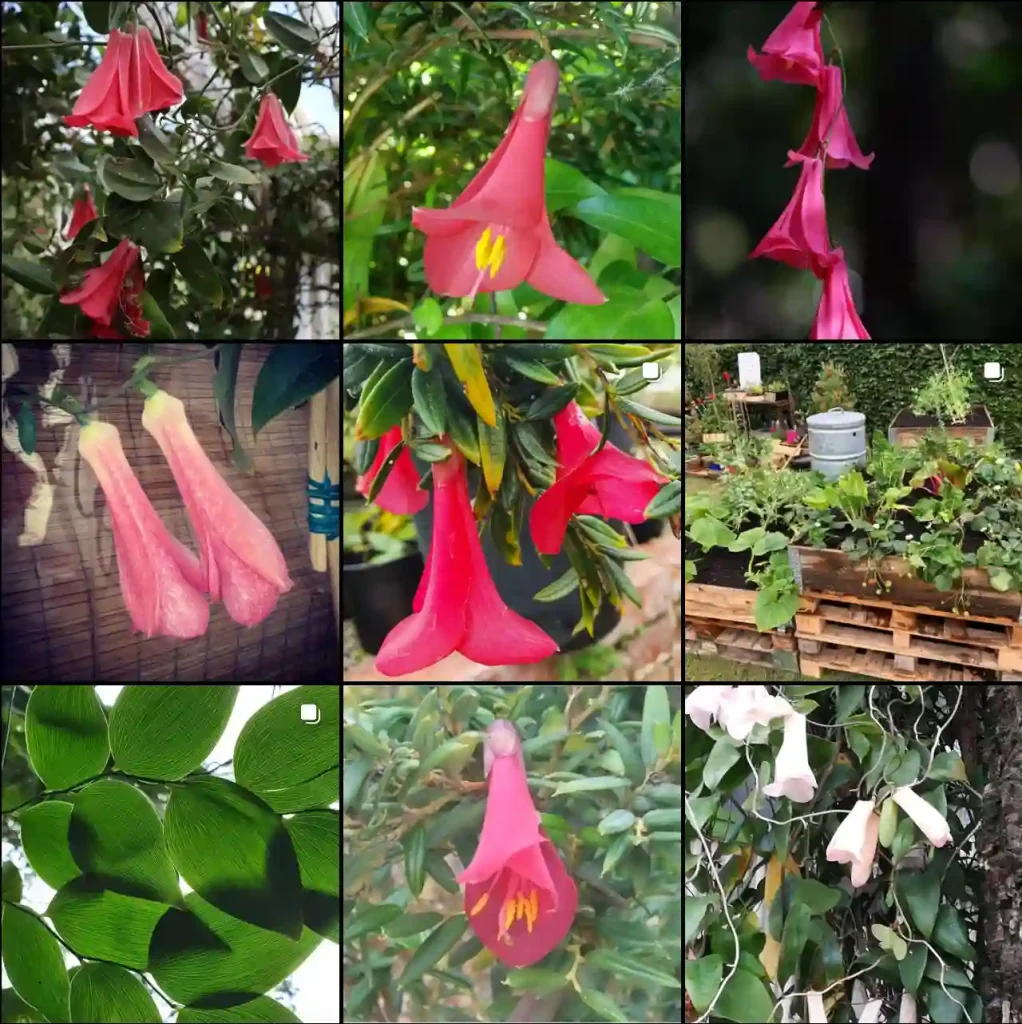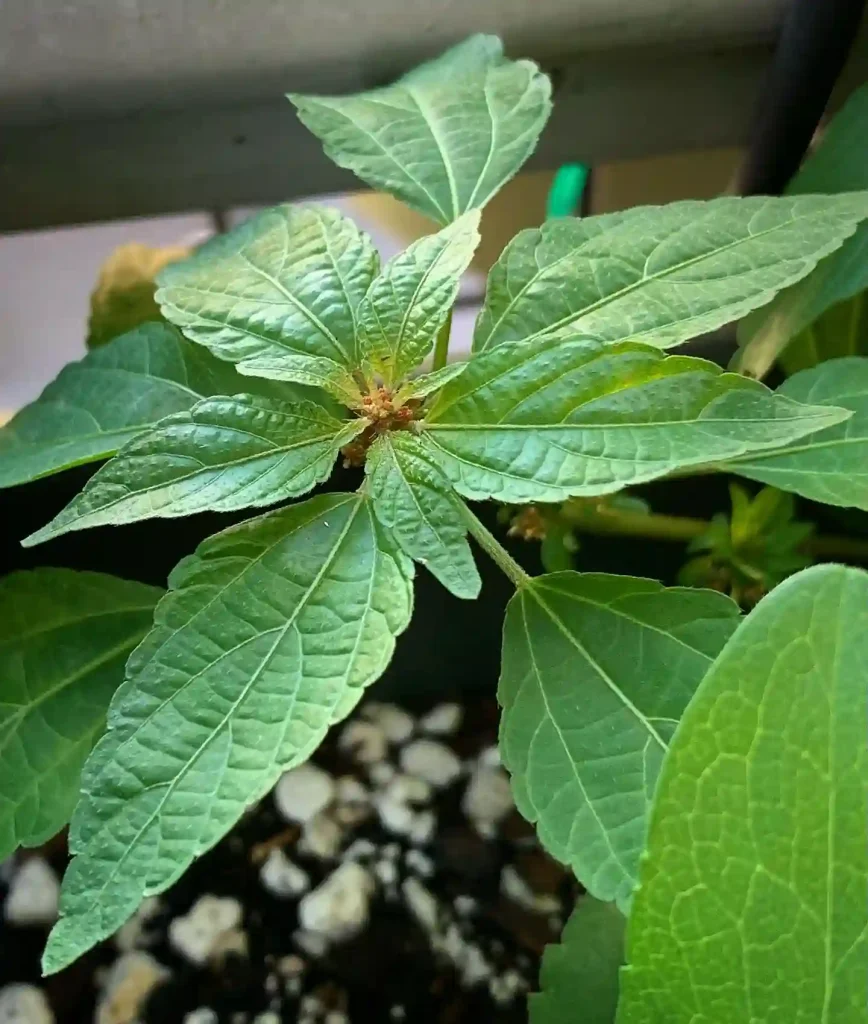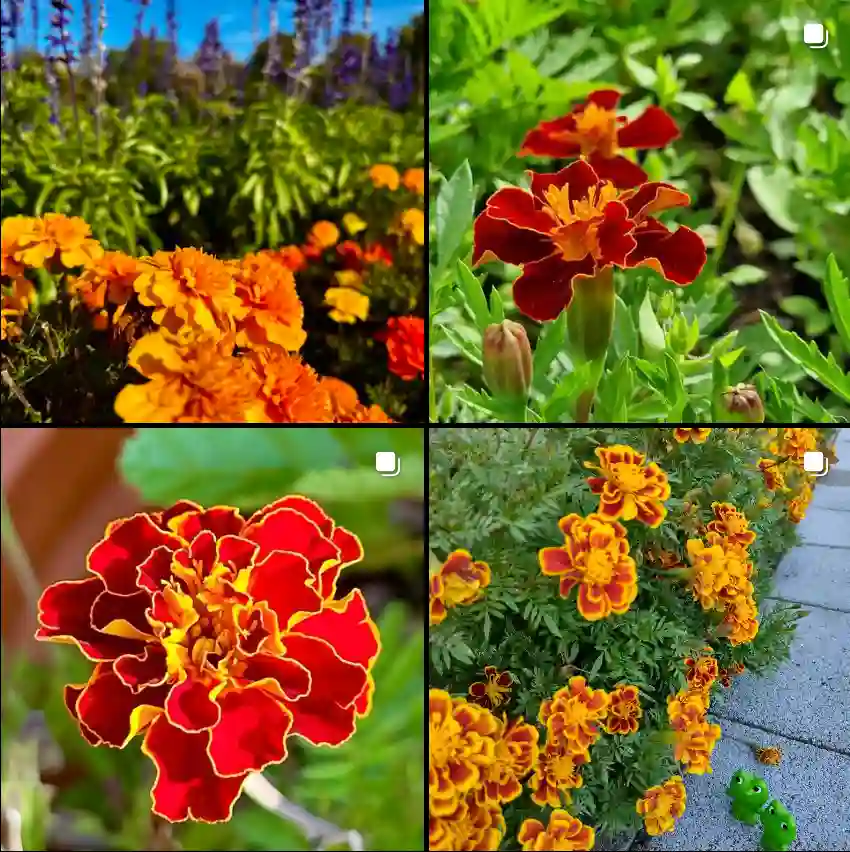What is Dichelostemma Ida-Maia?
Dichelostemma Ida-Maia, also known as the Firecracker Flower or Firecracker Plant, belong to the Asparagaceae family, is a unique and eye-catching perennial that always grabs attention in my garden. This plant belongs to the Brodiaea family and is native to the western United States, particularly California and Oregon. It features tall, slender stems that can reach up to 24 inches, topped with clusters of tubular, bright red flowers with green tips. The blooms resemble fireworks, hence the name “Firecracker.” They typically appear in late spring to early summer and add a vibrant splash of color to any garden.
Plant Family: 119 Genera in Asparagaceae
How to Care for Dichelostemma Ida-Maia?
Taking care of Dichelostemma Ida-Maia is relatively straightforward, making it a great choice for both beginners and seasoned gardeners like me. Here’s how I manage it:
Light Requirements
Dichelostemma Ida-Maia thrives in full sun to partial shade. I’ve found that planting it in a spot where it gets at least 6 hours of direct sunlight each day encourages the best flowering. However, it can tolerate some afternoon shade, especially in hotter climates.
Soil Preferences
This plant prefers well-drained soil. In my garden, I mix in some sand or grit to ensure proper drainage, as Dichelostemma Ida-Maia doesn’t do well in waterlogged conditions. The soil pH can range from neutral to slightly acidic, but I’ve noticed it performs best in slightly acidic soil.
Watering Needs
During the growing season, I water Dichelostemma Ida-Maia regularly, making sure the soil stays consistently moist but not soggy. However, once the flowering period is over, I reduce the watering, allowing the soil to dry out somewhat as the plant enters dormancy.
Fertilizing
I typically don’t fertilize Dichelostemma Ida-Maia heavily. A light application of a balanced, slow-release fertilizer in early spring is usually sufficient. Too much fertilizer can lead to lush foliage at the expense of flowers, which I’ve learned the hard way.
How to Propagate Dichelostemma Ida-Maia?
Propagation of Dichelostemma Ida-Maia is fairly easy, and I often use two methods: seeds and division.
Propagating by Seeds
Growing Dichelostemma Ida-Maia from seeds is a patient gardener’s task. The seeds should be sown in late summer or early fall in a well-draining seed mix. I lightly cover the seeds with soil and keep the mix moist. Germination can take several weeks to months, depending on conditions. The seedlings are delicate, so I wait until they’re strong enough before transplanting them into the garden.
Propagating by Division
Division is my preferred method of propagation because it’s quicker and ensures I get mature plants sooner. I dig up the clumps of corms in late summer or early fall after the foliage has died back. The corms can be separated and replanted immediately at a depth of about 4 inches and spaced about 6 inches apart.
What to Plant with Dichelostemma Ida-Maia?
When it comes to companion planting, I like to pair Dichelostemma Ida-Maia with other sun-loving perennials. Plants like Allium, Salvia, and Agapanthus work well, providing a complementary color palette and similar growing conditions. I also enjoy planting it alongside ornamental grasses, which offer a nice contrast in texture and movement.
Is Dichelostemma Ida-Maia Toxic?
One question I often get is whether Dichelostemma Ida-Maia is toxic. The good news is that it’s not toxic to humans or pets, making it a safe choice for gardens where children or animals might be present. However, as with any plant, I always recommend handling it with care and washing hands after gardening.
Benefits and Common Problems
Benefits
Dichelostemma Ida-Maia is not only visually striking but also relatively low-maintenance. It’s drought-tolerant once established, making it a great option for water-wise gardens. Additionally, it attracts pollinators like bees and hummingbirds, which adds life to the garden.
Common Problems
The most common problem I’ve encountered with Dichelostemma Ida-Maia is bulb rot, which occurs if the soil is too wet. Ensuring good drainage and reducing watering during dormancy helps prevent this issue. Occasionally, slugs or snails may nibble on the foliage, but I’ve found that a little organic slug bait usually keeps them at bay.
Comparing Dichelostemma Ida-Maia with Similar Plants
Dichelostemma Ida-Maia is sometimes confused with plants like Allium or Brodiaea due to its similar flower structure. However, its distinct red and green flowers set it apart. Allium, for example, often has round, ball-like clusters of flowers, whereas Brodiaea has more star-shaped blooms. The color and bloom time also differ, with Dichelostemma Ida-Maia’s bright red blooms making it a standout.
Conclusion
Dichelostemma Ida-Maia has become a favorite in my garden for its striking appearance and ease of care. Whether you’re a beginner or an experienced gardener, this plant is a fantastic addition to any sunny garden. With proper care, it rewards you with stunning, firecracker-like blooms that are sure to impress. Plus, its low-maintenance nature and ability to attract pollinators make it a valuable asset to any garden.
If i die, water my plants!



